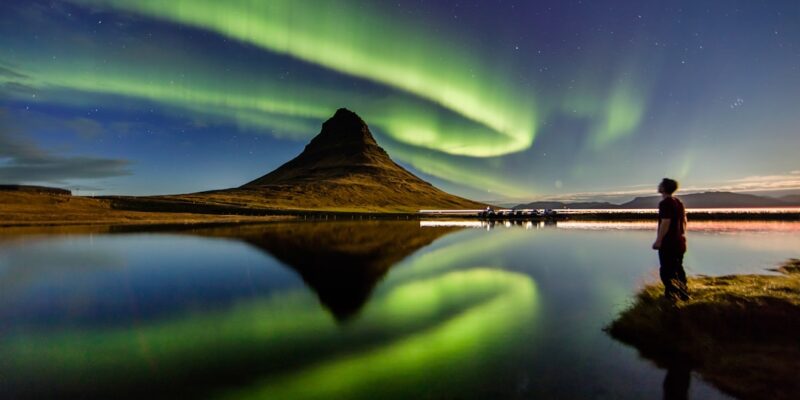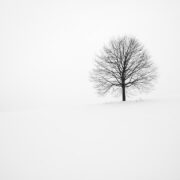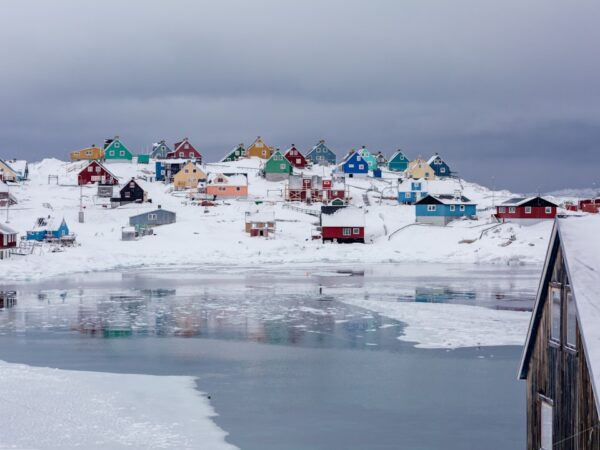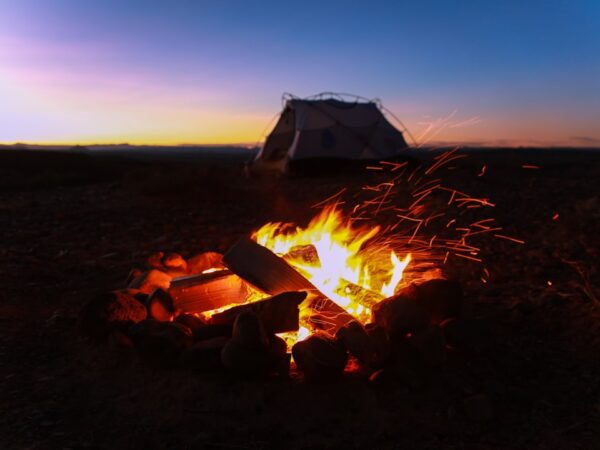
Camping under the Northern Lights: A Magical Experience
The Northern Lights, also known as Aurora Borealis, is a natural phenomenon that attracts travelers from all over the world. This breathtaking display of lights in the night sky is caused by charged particles from the sun colliding with the Earth’s atmosphere. The result is a mesmerizing dance of colors that can be seen in the Arctic regions, such as Norway, Sweden, Finland, and Iceland. Camping under the Northern Lights is a unique and unforgettable experience that allows you to witness the beauty of the night sky in a way that few people get to experience.
Key Takeaways
- Camping under the Northern Lights is a unique and unforgettable experience.
- The Northern Lights are caused by solar particles colliding with the Earth’s atmosphere.
- Proper preparation is key to a comfortable and safe Northern Lights camping trip.
- Choosing the right camping gear can make all the difference in your experience.
- Setting up camp in a strategic location and being patient can lead to a successful Northern Lights viewing.
The science behind the Northern Lights and where to find them
The Northern Lights are caused by charged particles from the sun colliding with the Earth’s atmosphere. These particles are drawn towards the Earth’s magnetic poles, which is why the best places to see the Northern Lights are in the Arctic regions. The magnetic field of the Earth guides these particles towards the poles, where they interact with different gases in the atmosphere, creating the stunning light show that we know as the Northern Lights.
The Arctic regions offer some of the best opportunities for viewing the Northern Lights due to their proximity to the magnetic poles. Countries such as Norway, Sweden, Finland, and Iceland are known for their clear skies and minimal light pollution, making them ideal locations for witnessing this natural phenomenon. These countries also offer a range of accommodations and camping options for those who want to experience camping under the Northern Lights.
Preparing for a Northern Lights camping trip: What to pack and wear
When preparing for a Northern Lights camping trip, it is important to pack and wear appropriate clothing to ensure a comfortable and safe experience. The Arctic regions can be extremely cold, especially at night, so warm and waterproof clothing is essential. Layering your clothing is key to staying warm, as it allows you to adjust your body temperature as needed. It is also important to wear a good pair of insulated boots and thermal socks to keep your feet warm.
Other important items to pack include a good quality sleeping bag that is rated for cold temperatures, a tent that is sturdy and able to withstand strong winds, a headlamp for navigating in the dark, and a portable charger to keep your electronic devices powered. It is also a good idea to pack some hand warmers and hot water bottles to keep warm during the night.
Choosing the right camping gear for a comfortable and safe experience
| Category | Metric |
|---|---|
| Tent | Capacity (number of people) |
| Seasonality (3-season or 4-season) | |
| Sleeping Bag | Temperature rating (in degrees Fahrenheit) |
| Shape (mummy or rectangular) | |
| Camp Stove | Fuel type (propane, butane, or white gas) |
| Burner type (single or double) | |
| Cooler | Capacity (in quarts) |
| Insulation type (foam or plastic) | |
| Camp Chair | Weight capacity (in pounds) |
| Material (nylon or polyester) |
Investing in high-quality camping gear is important for a comfortable and safe experience while camping under the Northern Lights. A sturdy tent that is able to withstand strong winds is essential, as the Arctic regions can experience harsh weather conditions. Look for a tent that is made from durable materials and has a good waterproof rating.
A warm sleeping bag that is rated for cold temperatures is also crucial. Look for a sleeping bag that has a temperature rating lower than the expected temperatures during your camping trip. It is also a good idea to bring a sleeping pad or an insulated mattress to provide extra insulation from the cold ground.
A camping stove is another essential item to consider, as it allows you to cook warm meals and hot drinks during your camping trip. Look for a stove that is lightweight, compact, and easy to use. It is also important to bring a first aid kit that includes basic medical supplies and medications in case of any emergencies.
Setting up camp: Tips and tricks for a successful Northern Lights viewing
Choosing the right location is key to a successful Northern Lights viewing experience. Look for areas that have minimal light pollution and clear skies. National parks and remote areas away from cities are often the best places to set up camp. It is also important to check the weather forecast before your trip, as clear skies are essential for viewing the Northern Lights.
The time of year and the moon phase can also affect your chances of seeing the Northern Lights. The best time to see the Northern Lights is during the winter months when the nights are longer and darker. The moon phase can also impact the visibility of the Northern Lights, so try to plan your trip during a new moon or a crescent moon phase for optimal viewing conditions.
Enjoying the Northern Lights: Activities and things to do while camping
While camping under the Northern Lights, there are many activities to enjoy during the day. Snowshoeing is a popular activity in the Arctic regions, allowing you to explore the snowy landscapes and get closer to nature. Dog sledding is another thrilling activity that allows you to experience the Arctic wilderness while being pulled by a team of energetic huskies.
Ice fishing is also a popular activity in the Arctic regions, where you can try your hand at catching fish through a hole in the ice. Many tour operators offer ice fishing excursions that provide all the necessary equipment and guidance. For those who prefer a more relaxing experience, soaking in a hot tub or sauna is a great way to unwind after a long day of exploring.
Capturing the magic: Photography tips for Northern Lights camping
Capturing the Northern Lights on camera can be challenging, but with the right equipment and techniques, it is possible to take stunning photos. It is important to use a tripod to keep your camera steady and avoid any blurriness in your photos. A wide-angle lens is also recommended, as it allows you to capture more of the night sky and the surrounding landscape.
Adjusting your camera settings is crucial for capturing the Northern Lights. Set your ISO to a high value (around 800-1600) to capture as much light as possible. Use a wide aperture (around f/2.8 or lower) to let in more light and create a shallow depth of field. Experiment with different shutter speeds to find the right balance between capturing the movement of the Northern Lights and avoiding any blurriness.
Wildlife encounters: What to expect and how to stay safe
Wildlife encounters are common in the Arctic regions, and it is important to know how to stay safe around animals such as polar bears and reindeer. When camping in polar bear territory, it is crucial to carry bear spray and know how to use it. Make noise while hiking or walking to alert any nearby wildlife of your presence, as surprising them can lead to dangerous situations.
It is also important to avoid areas where wildlife is known to be present, such as feeding grounds or nesting areas. Keep a safe distance from any animals you encounter and never approach them. If you are unsure about how to behave around wildlife, it is best to consult with local authorities or tour operators who can provide guidance and ensure your safety.
Northern Lights camping etiquette: Respecting the environment and fellow campers
When camping under the Northern Lights, it is important to respect the environment and fellow campers. Practice Leave No Trace principles by packing out all your trash and leaving the campsite as you found it. Avoid making excessive noise that can disturb other campers or wildlife. Respect other people’s privacy by keeping a reasonable distance from their campsites.
It is also important to be mindful of the local culture and traditions when camping in foreign countries. Familiarize yourself with the local customs and follow any guidelines or regulations set by the local authorities. By practicing good camping etiquette, you can help preserve the natural beauty of the Arctic regions and ensure a positive experience for yourself and others.
Why camping under the Northern Lights is a must-do experience
Camping under the Northern Lights is a unique and unforgettable experience that allows you to connect with nature and witness one of the world’s most beautiful natural phenomena. The mesmerizing dance of colors in the night sky is a sight that will stay with you for a lifetime. With the right preparation and equipment, anyone can enjoy a safe and comfortable camping experience under the Northern Lights.
By packing warm and waterproof clothing, investing in high-quality camping gear, and choosing the right location and time of year, you can maximize your chances of seeing the Northern Lights. While camping, there are also many activities to enjoy during the day, such as snowshoeing, dog sledding, and ice fishing. Capturing the magic of the Northern Lights on camera is also possible with the right equipment and techniques.
It is important to be mindful of wildlife encounters and practice good camping etiquette to ensure a positive experience for yourself and others. By respecting the environment and fellow campers, you can help preserve the natural beauty of the Arctic regions for future generations to enjoy. Camping under the Northern Lights is truly a must-do experience that will leave you in awe of the wonders of nature.
FAQs
What are the Northern Lights?
The Northern Lights, also known as Aurora Borealis, are a natural phenomenon that occurs when charged particles from the sun collide with particles in the Earth’s atmosphere.
Where can I see the Northern Lights?
The Northern Lights can be seen in areas close to the Earth’s magnetic poles, such as Alaska, Canada, Norway, Sweden, Finland, and Iceland.
When is the best time to see the Northern Lights?
The best time to see the Northern Lights is during the winter months, from September to April, when the nights are longer and darker.
What should I bring for camping under the Northern Lights?
You should bring warm clothing, a sleeping bag, a tent, a camping stove, food, water, and a camera to capture the Northern Lights.
Is it safe to camp under the Northern Lights?
Yes, it is safe to camp under the Northern Lights as long as you follow basic camping safety rules, such as setting up camp in a safe location, keeping food away from your tent, and being prepared for cold weather.
What are some tips for camping under the Northern Lights?
Some tips for camping under the Northern Lights include choosing a location with a clear view of the sky, checking the weather forecast, bringing warm clothing and a good sleeping bag, and being patient as the Northern Lights can be unpredictable.













